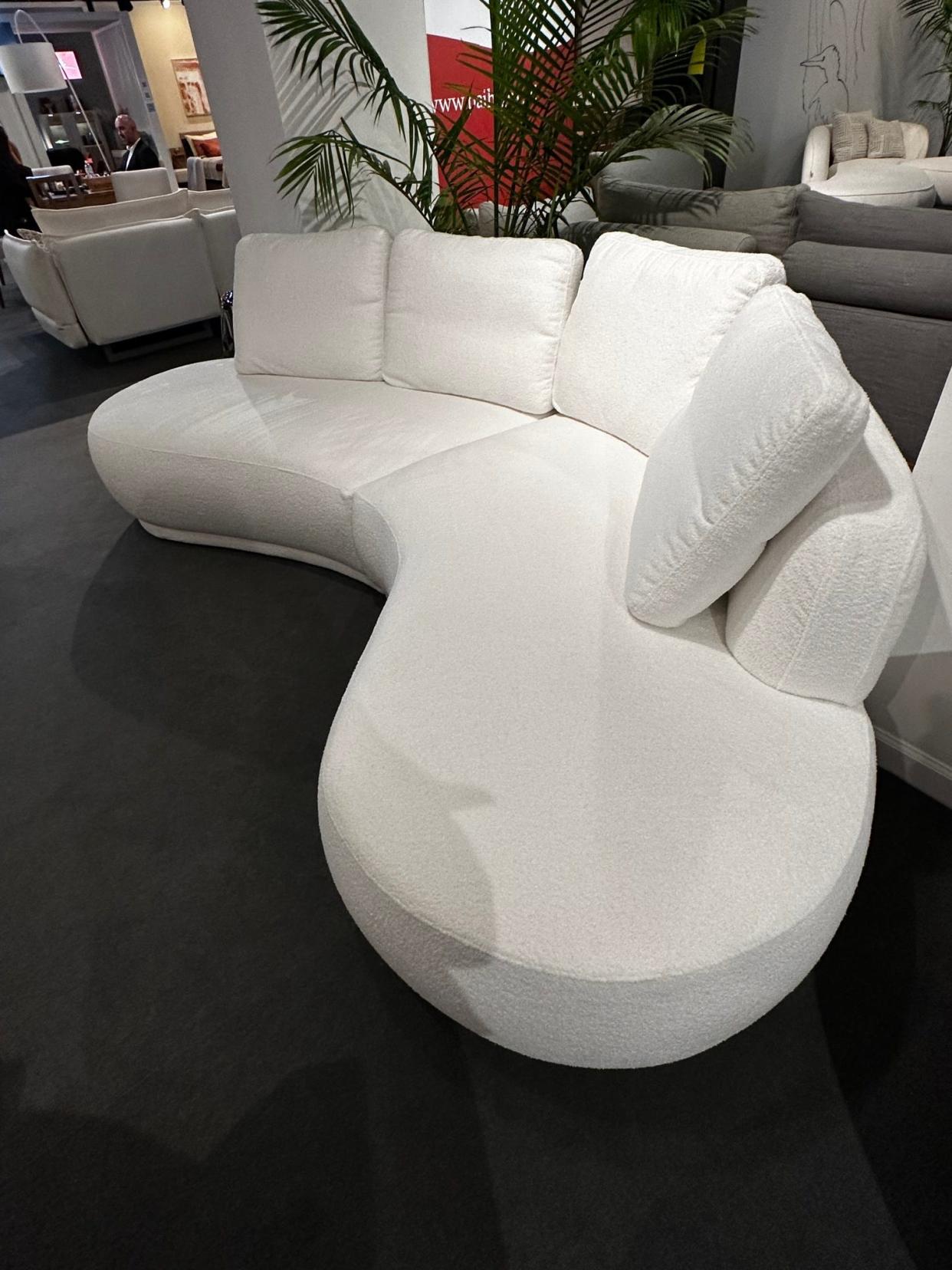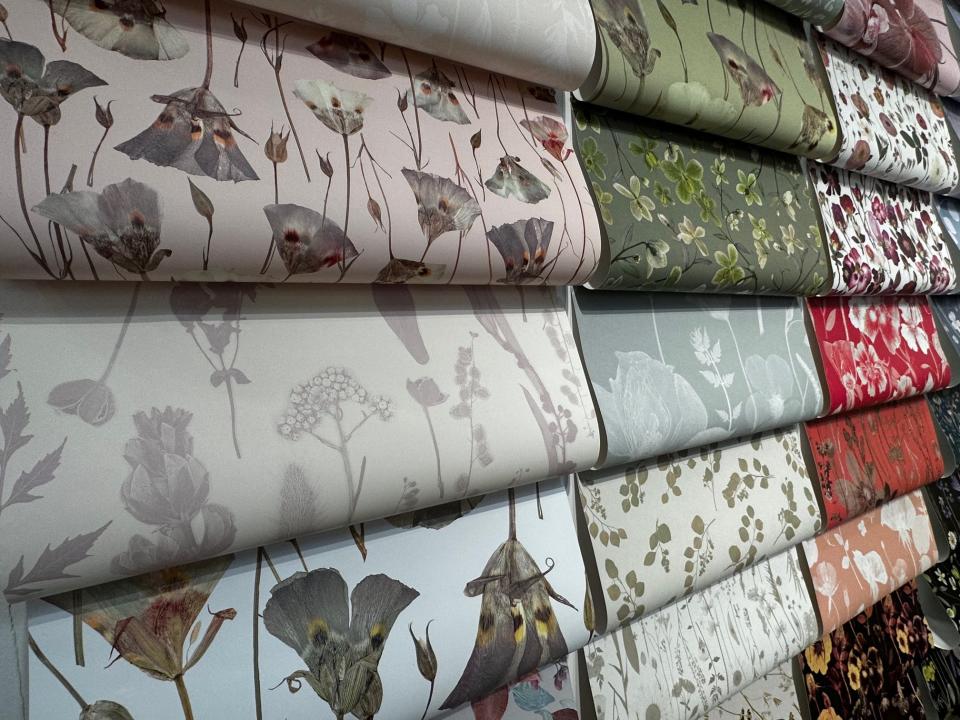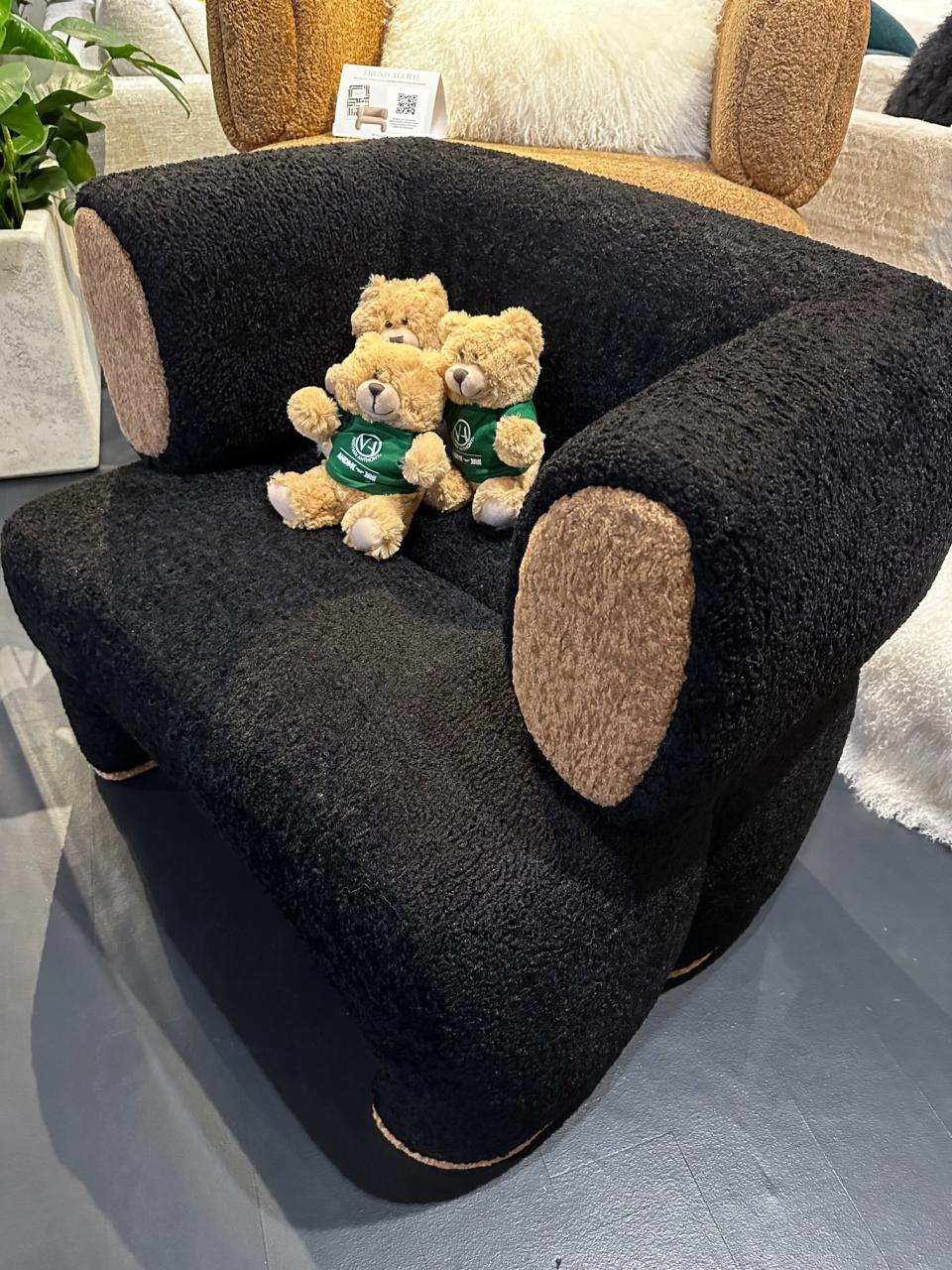Ever hear of neuroaesthetics? It's making its way into furniture design to make your life better

This fall, North Carolina’s High Point Furniture Market, a look-see of the latest designs in the world of furnishings, has also helped to redefine design’s role in our lives.
An industry that accounts for hundreds of billions of annual sales worldwide is about more than just pretty sofas, unique knickknacks and comfy mattresses. It is also one that can impact our well-being, a fact that is being robustly embraced by the design community.
At the latest Market, the word of the moment was "neuroaesthetics," the convergence of science and design for the benefit of the consumer. The term was coined in the late 1990s by Semir Zeki, neuroscientist and professor at the University of London.
The field has since amassed a growing body of evidence that design, architecture, the visual and performing arts and digital media carry significant power when it comes to positively impacting human biology and behavior.
To advance dialogue on this aspect of design, Hooker Furnishings, one of the nation’s largest publicly traded furniture companies, delved into science in design during a seminar that featured Mike Peterson, president of Science in Design, an organization that teaches interior designers about the positive effects of fine design on people’s physical and emotional health, with the intent to raise awareness of the industry’s healing industry.
“The future of medicine is in the home,” Peterson said.

Science now backs what interior designers and architects — and anyone who has drawn comfort from their homes — instinctively knew: the spaces that surround us not only shape our mood, but they can make us healthier.
“Architects and designers have a greater ability to improve public health than medical professionals,” said Dr. Claudia Miller, professor of occupational and environmental medicine at the School of Medicine of the University of Texas Health Science Center.
In addition to Hooker, Science in Design has also partnered with Benjamin Moore, 3M, the Phillips Collection and Trio on a certification course designers can use to incorporate neuroaesthetics into residential and commercial projects.
Humans respond emotionally to their environment, so it stands to reason that a key to improving health is improving the environment where people live. At the University of Pennsylvania’s Penn Center for Neuroaesthetics, researchers are currently examining the role of the built environment upon individual wellness and how the human body is engineered to respond to specific stimuli from places inhabited.
To create spaces that reach that response, 3M has created Visual Attention Software (VAS), software that predicts what attracts the subliminal brain, key to deciphering what makes humans tick, since out of 11 million bits of information the human brain can process each second, only 50 of these are handled by the conscious mind.
“Your animal nature directs you,” Peterson added.
Animal nature has defined what we like in our environment. For example, we generally eschew repetitive parallel lines because these tend to stress the brain and promote headaches, probably because our ancestors of long, long ago lived in forests with nary a straight line, much less multiples of them.
On the other hand, the never-ending patterns of the non-regular geometric shape known as fractals make us feel good. Fractals occur naturally, their infinite complexity derived from relatively simple equations. Think of the sheer wonder of snowflakes.

Because humans evolved in a natural fractal-like environment, we never tire of them. Research has proven that these building blocks of nature’s patterns reduce stress and improve our physical health by giving eyes a break from the digital world and subtly delivering the essence of nature to the built environment.
As the industry pivots to increased awareness of neuroaesthetics, consumers will reap physical benefits of design through options such as Relaxing Floors, a modular carpet tile system designed by 13&9 in collaboration with Fractals Research and Mohawk Group.
The collection taps into consumers’ nature desire for fractals with stress-reducing biophilic patterns. Just being in a room with such patterns is good for you, without your conscious response even needing to kick in.
The need for a pleasurable aesthetic experience, a need hardwired into our DNA, is not optional, but rather it is imperative for our wellbeing.
This article originally appeared on Florida Today: What is neuroaesthetics and how is it used in furniture design? Read on

